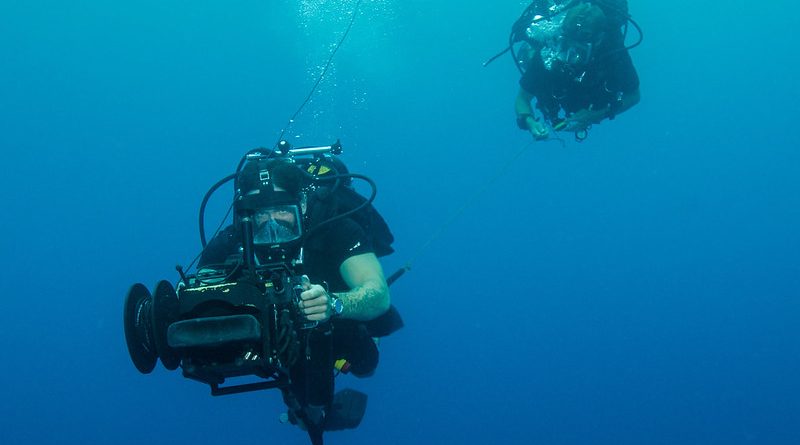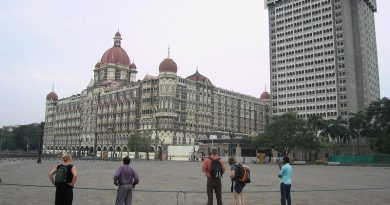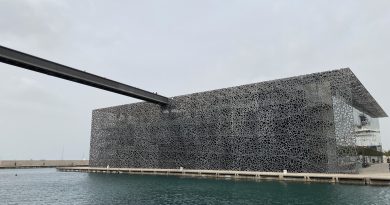The Pearl Divers of Palawan
Palawan, the Philippines’ largest and westernmost province, stretches from Borneo in the southwest to Mindoro in the northeast. its flanked by the Sulu and South China Seas and surrounded by 1,700 or so smaller islands.
It’s a land of phenomenal natural beauty, endless palm fringed beaches, pristine coral reefs, mangrove swamps, mysterious bat caves, jagged mountain ranges and dense jungles.
According to archaeologists Palawan Culture can be traced back 50,000 years and they are among the first people known to have inhabited south east Asia. Today Palawan is still home to many ancient indigenous tribes who live in remote villages in the mountains and coastal areas. One of the most fascinating is the Badjao people – known as sea gypsies.
The Badjao are nomadic sea faring people who traditionally live entirely on the ocean, returning to land only to bury their dead, repair their boats and trade with the coastal towns. They are expert fisherman and some of the world’s most talented freedivers, diving up to 30m to collect pearls. This exotic bounty was then traded on the ‘Pearl Road’ the ocean trade route between Philippines and China.
For a thousand years the Badjao people have sailed on the ocean, spending their entire lives living on bamboo house-boats. It’s where they fish, eat, sleep and have children. But in recent decades this ancient culture is facing the challenges of a modern world. Overfishing, piracy and conflict have threatened this unique way of life and many of the Badjao people now live in stilt villages along the coast.
While it no longer relies on the Badjao freedivers, the pearl trade in the Philippines is still a huge business, and the South Sea pearls that are found here are some of the most valuable and sought after in the world.
Many pearls here are now farmed .
Born out of living organisms known as molluscs, pearls are the only living gems in the world.
A trained master grafter inserts a bead nucleus, together with a piece of mantle from a chosen donor oyster, into the gonad of a parent oyster – as time passes, the mantle will become a pearl sac that encapsulates the nucleus and deposit layers of crystals that will become the pearl.
The pearl farming process can spans 4 to 5 years.




